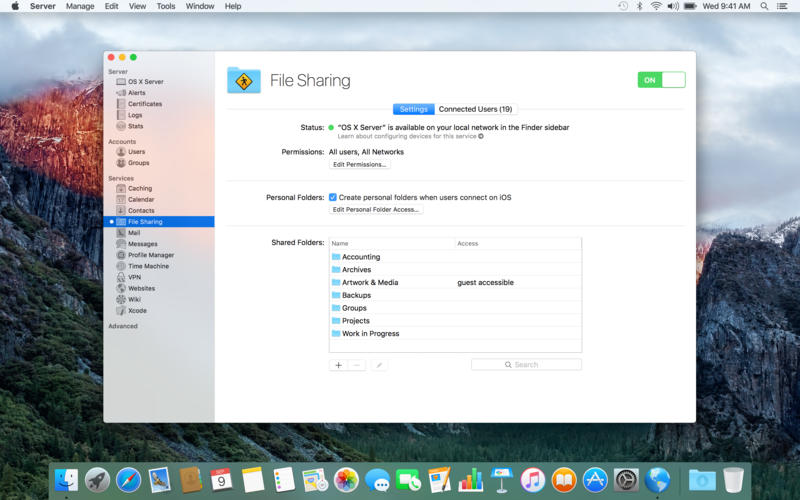

You should see your PHP configuration information. Create a PHP info file with:Īnd test it by entering the following into Safari's address bar: In Safari, navigate to your web site with the following address: Sudo launchctl load -w /System/Library/LaunchDaemons/ Turn on the Apache httpd service by running the following command in the Terminal: You can safely ignore other warnings too. But for a development server, you don't need to do anything. You could fix this by setting the ServerName directive in /etc/apache2/nf and adding a matching entry into /etc/hosts. It may also print a warning saying "httpd: Could not reliably determine the server's fully qualified domain name". If this command returns "Syntax OK" then you are ready to go. Check your configuration by running the following command in the Terminal: Sometimes copying and pasting from an internet forum can insert invisible, invalid characters into config files. Now you are ready to turn on Apache itself. Options Indexes MultiViews FollowSymLinks ExecCGI If that file doesn't exist, you will need to create it with:

It does appear to be created when you create a new user.
OS X SERVER HOST WEBSITE UPGRADE
That file may not exist and if you upgrade from an older version, you may still not have it. It should exist at the path: /etc/apache2/users/.conf. While you are in /etc/apache2, double-check to make sure you have a user config file. To create one manually, enter the following:Įcho "My site works" > ~/Sites/ If you already had a Sites folder in Snow Leopard, it should still be there. Lion and later versions no longer create personal web sites by default. Include /private/etc/apache2/users/*.conf #Include /private/etc/apache2/users/*.conf Open the file you just enabled above with: LoadModule userdir_module libexec/apache2/mod_userdir.so #LoadModule userdir_module libexec/apache2/mod_userdir.so LoadModule perl_module libexec/apache2/mod_perl.soĮnable personal websites by uncommenting the following at line 183: #LoadModule perl_module libexec/apache2/mod_perl.so If you want to run Perl scripts, you will have to do something similar:Įnable Perl by uncommenting line 187, changing: Then type ':w!' to save, or just 'ZZ' to save and quit. Then just press 'x' over the '#' character to delete it. (If you aren't familiar with vi, go to line 186 by typing "186G" (without the quotes). LoadModule php7_module libexec/apache2/libphp7.so #LoadModule php7_module libexec/apache2/libphp7.so To get started, edit the Apache configuration file as root:Įnable PHP by uncommenting line 186, changing: Lines in bold courier should be typed at the Terminal.Replace with your short user name. Lines in bold are what you will have to type in. Optional: Xcode is required for adding PHP modules.
OS X SERVER HOST WEBSITE HOW TO


 0 kommentar(er)
0 kommentar(er)
